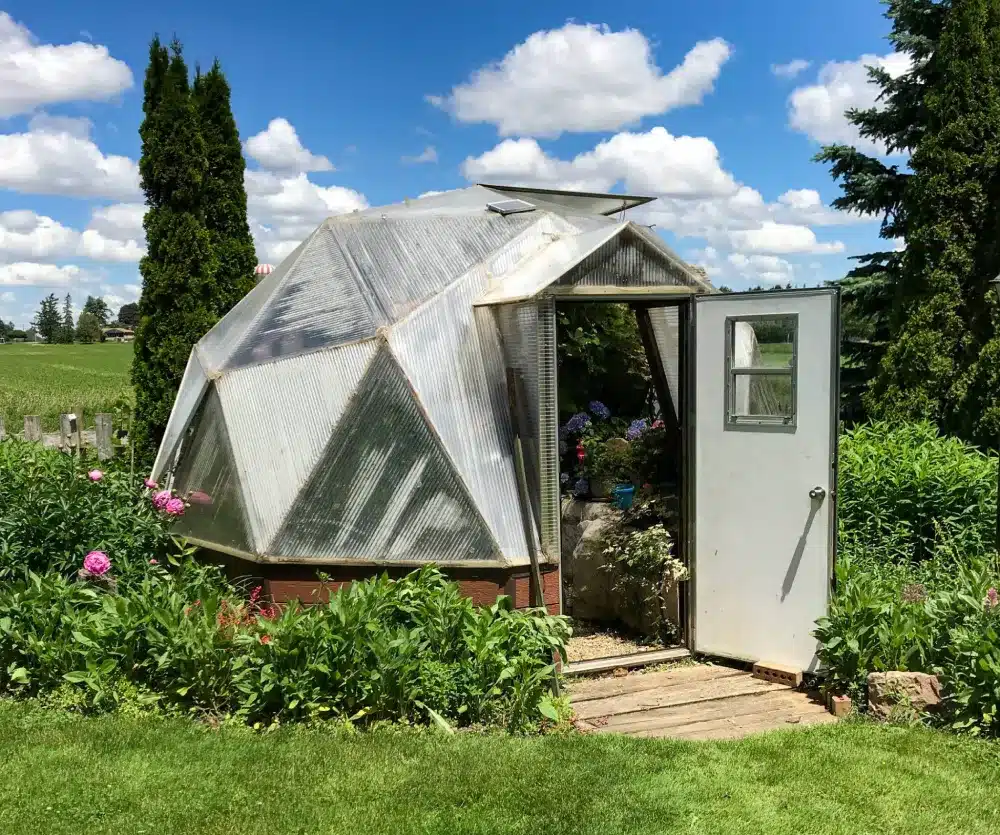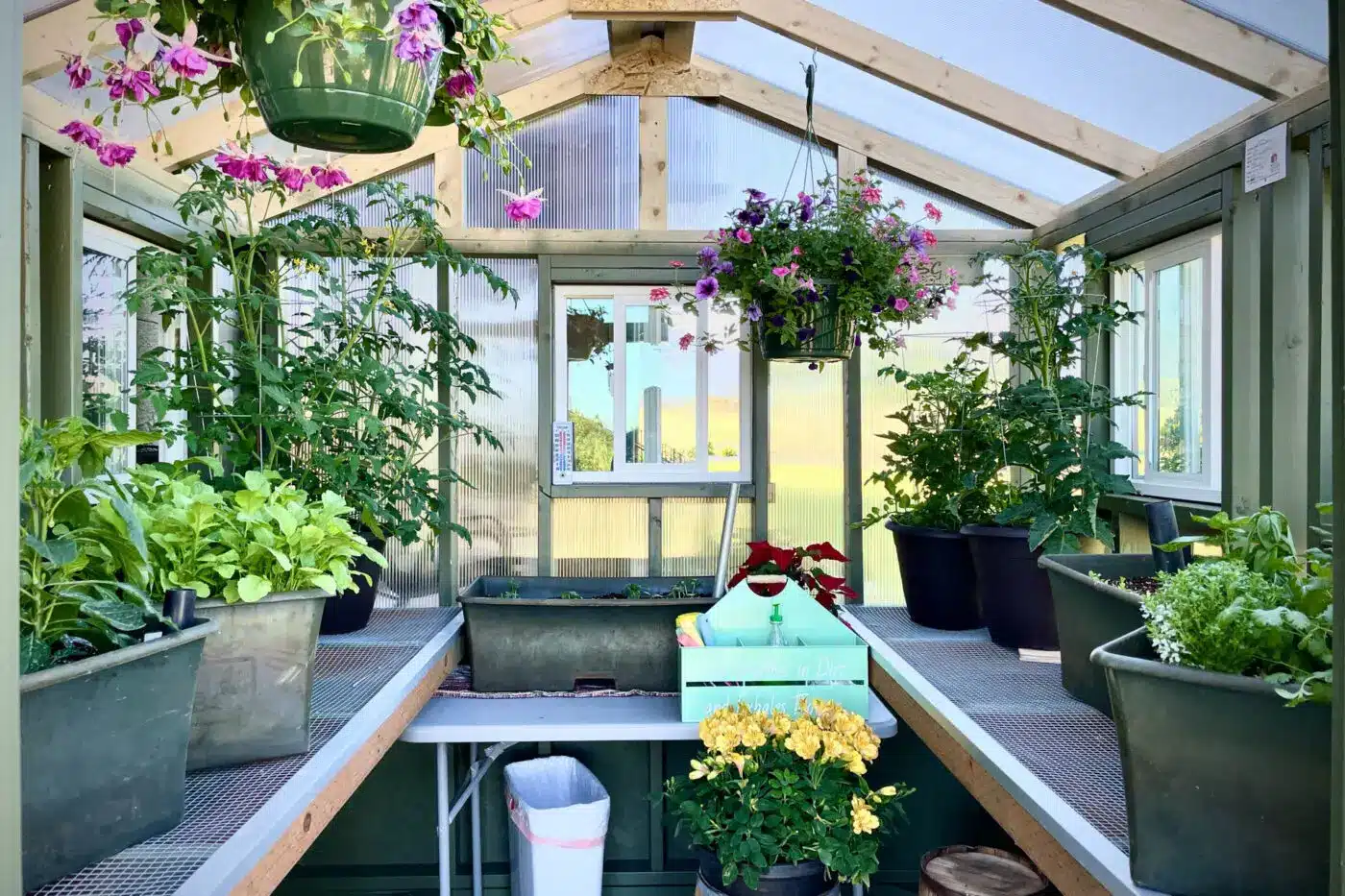State Guide: Buying Greenhouses in Montana
Are you looking for greenhouses for sale in Montana? Read on before making your purchase.
Montana Climate Overview
Winters
Montana experiences long, cold winters with temperatures ranging from 10°F in the north to 20°F in the south. Snowfall varies widely, from 30 inches on the plains to over 100 inches in mountainous areas. The prolonged snow cover and subfreezing temperatures can hinder outdoor cultivation without additional protection.
Summers
Summers are warm and dry, with temperatures averaging 70–85°F during the day. High-elevation areas stay cooler, while lower elevations can experience intense heat. The combination of dry air and occasional heat waves can stress plants, making controlled environments particularly beneficial.
Precipitation
Montana receives 10–20 inches of precipitation annually, with most falling as snow in winter and rain in spring. Arid eastern regions often face drought conditions, which intensify during dry summers and make water management crucial for growers.
Growing Season
The frost-free growing season ranges from 90–130 days, depending on location. Higher altitudes and northern areas have shorter growing periods, while lower valleys enjoy slightly longer seasons. This brevity limits the variety of crops that can mature in traditional outdoor settings.
Challenges of Growing in Montana
Short Growing Seasons
Frost-free periods are brief, often lasting only three to four months. This limits the variety of crops that can mature outdoors and forces growers to carefully time planting and harvesting. Without greenhouse protection, many plants fail to reach their full potential before the first frost.
Weather Variability
Sudden frosts, strong winds, and hailstorms can damage crops and delay planting. Late spring frosts frequently harm young seedlings, while abrupt autumn freezes cut growing seasons short. Severe weather events, including hailstorms, can devastate entire crops in minutes.
Low Precipitation
Arid regions face water shortages, making irrigation essential for outdoor cultivation. Extended drought periods reduce natural water availability, putting additional pressure on growers to invest in water-saving technologies or controlled environments.
Pest and Wildlife Pressure
Grasshoppers, aphids, and larger wildlife like deer can threaten unprotected crops. Grasshopper infestations are particularly devastating in dry years, and deer often target tender vegetation. Without protective measures, these threats can significantly reduce yields.

Benefits of Greenhouses in Montana
- Extending the growing season to cultivate crops year-round.
- Shielding plants from frost, hail, and temperature extremes.
- Conserving water with controlled irrigation systems.
- Reducing pest and wildlife threats through enclosed environments.
Best Greenhouse Designs for Montana

Permits & Policies for Montana Greenhouses
| Requirement | Details |
|---|---|
| Agricultural Exemptions | Farmers may qualify for zoning exemptions for agricultural greenhouses. |
| Building Permits | Structures exceeding specific size thresholds require permits. |
| Municipal Codes | Urban areas enforce stricter codes than rural regions. |
Greenhouse Solutions for Montana Farms
| Growth Challenges | Greenhouse Benefits |
|---|---|
| Short Growing Season | Extend cultivation periods with climate-controlled environments. |
| Harsh Weather | Protect plants from frost, hail, and extreme winds. |
| Low Precipitation | Conserve water through efficient irrigation systems. |
| Pest and Wildlife Risks | Enclose crops to reduce exposure to pests and wildlife. |
Best Plants & Crops for Montana Greenhouses
| Plant Type | Best Species |
|---|---|
| Vegetables | Tomatoes, peppers, lettuce, kale, spinach |
| Fruits | Strawberries, raspberries, blueberries, dwarf citrus trees |
| Herbs | Basil, parsley, cilantro, thyme |
| Flowers | Pansies, marigolds, petunias, geraniums |
| Cold-Hardy Plants | Broccoli, cauliflower, Brussels sprouts |
| Specialty Crops | Hydroponic lettuce, microgreens, exotic plants requiring controlled environments |
